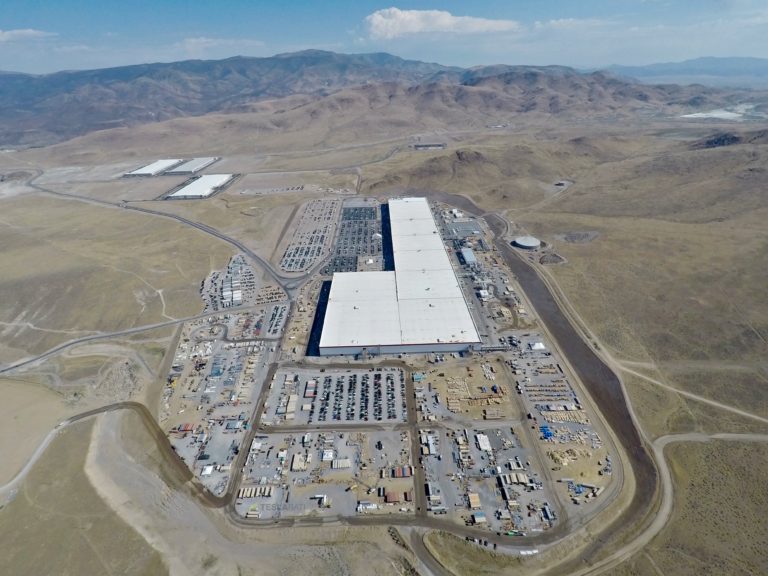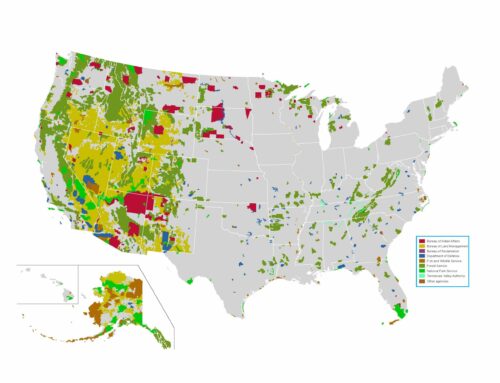by E&E Legal Senior Policy Fellow Greg Walcher
A Manhattan Institute report has caused a re-examination of the greatest challenge in the move toward renewable energy. Author Mark Mills asks a simple question: what do we do when the wind doesn’t blow and the sun doesn’t shine?
Most westerners give it little thought. After all, the Sun itself is the iconic logo of New Mexico, and the wind never stops in Kansas. That over-simplified impression has led an entire generation down the path toward renewables, and politicians now promise 100 percent renewable power. This report prescribes a dose of realism, because the sun does not shine at night, even in New Mexico. So, the greatest challenge for renewables is – and has always been – storage. Giant batteries must be part of the equation. The only alternative is to maintain, switching on-and-off, all the existing power plants. And according to the report, those giant batteries, for which we gamble on future improvements in technology, are not forthcoming.
Most wind and solar facilities produce electricity only about a fourth of the time, so we just need large modern batteries like the ones Tesla is producing. Except for one detail – they are not even close to supplying enough storage capacity to make a dent.
The report, called “The New Energy Economy: An Exercise in Magical Thinking,” begins with the economics of battery storage. It costs less than a dollar a barrel to store oil for two months, but over $200 to store the same volume of energy in a grid-scale battery. Further, enough batteries to store the same amount of energy as that barrel of oil cost $200,000, and weigh over 20,000 pounds. The barrel of oil weighs 300 pounds, and costs $58.






